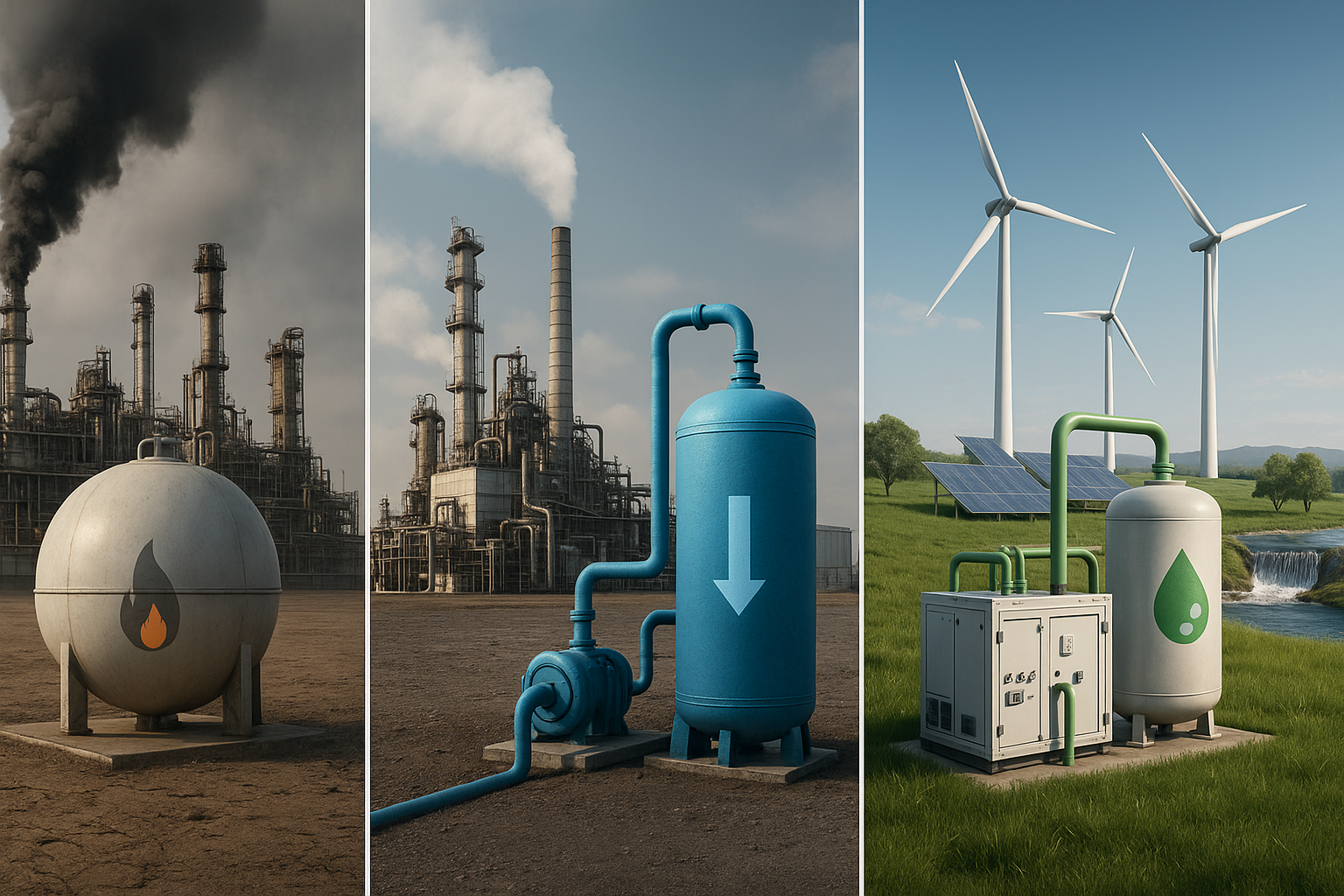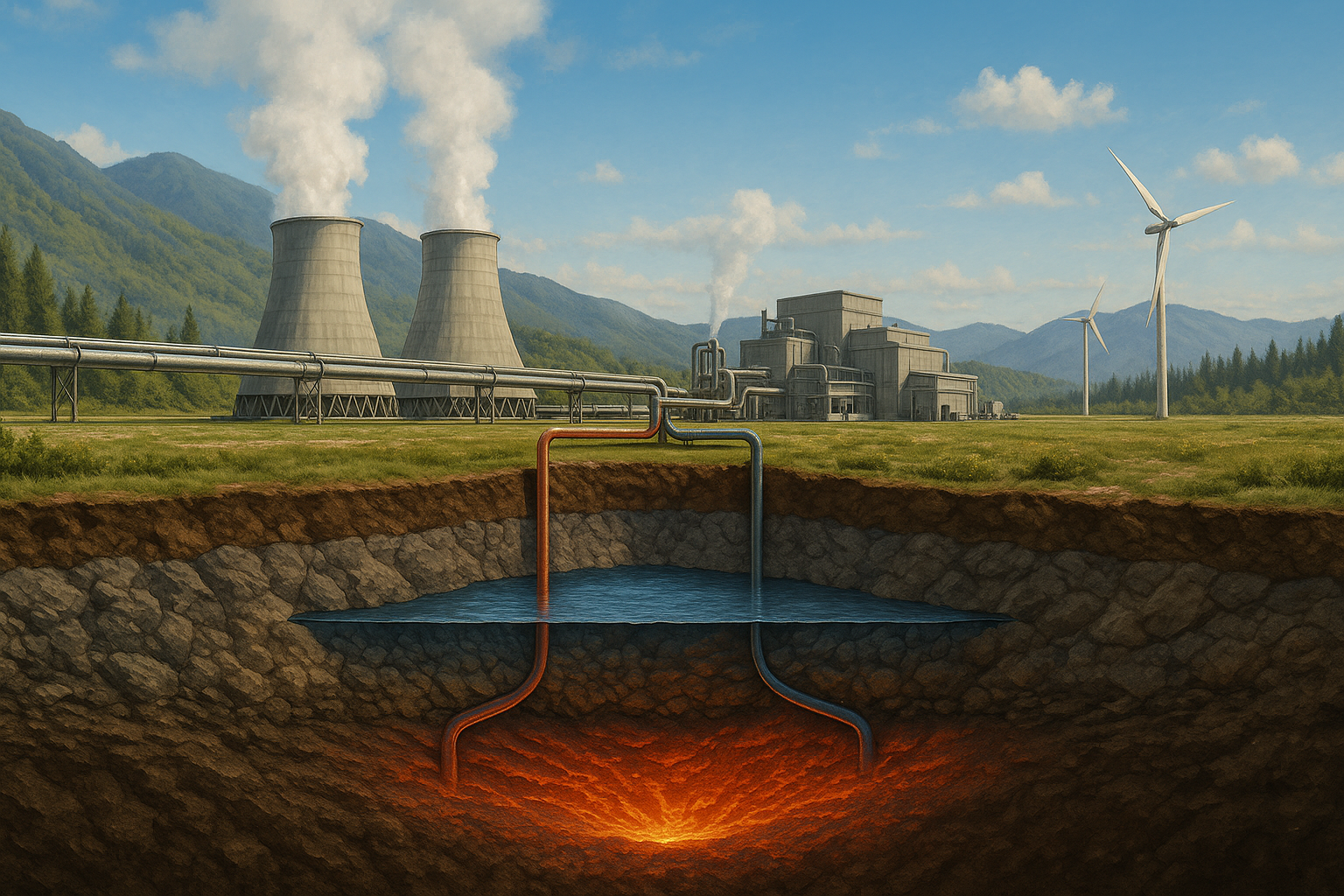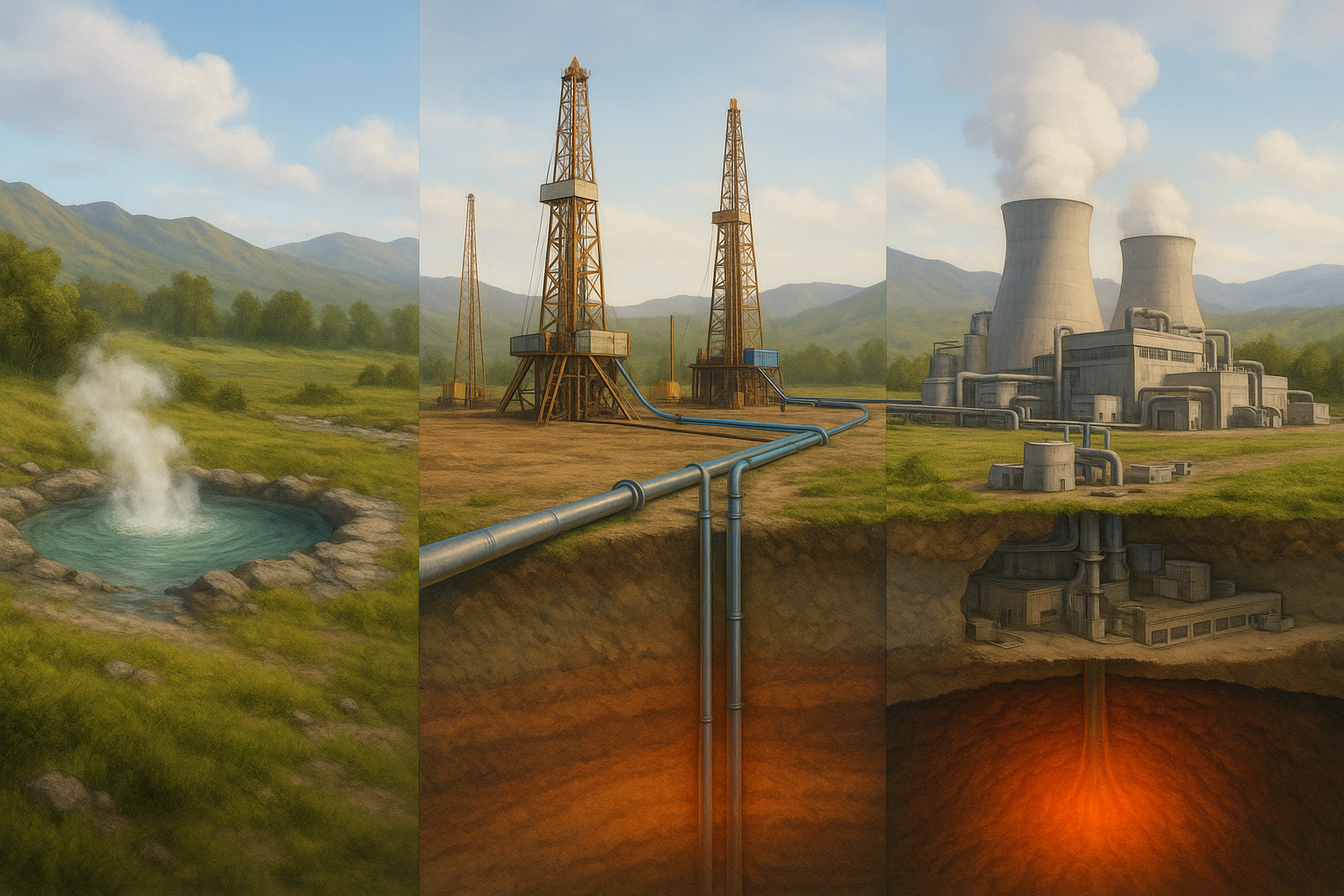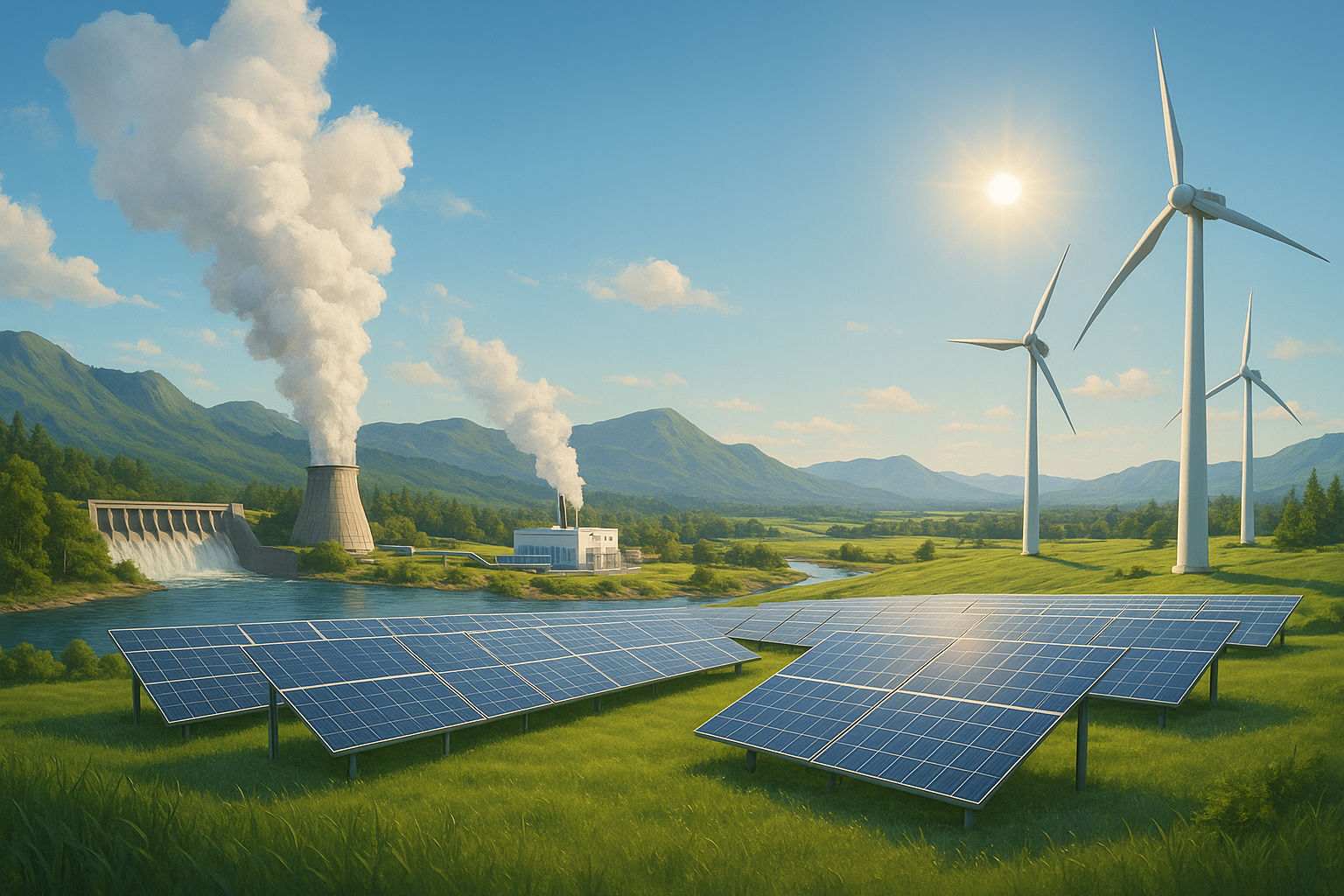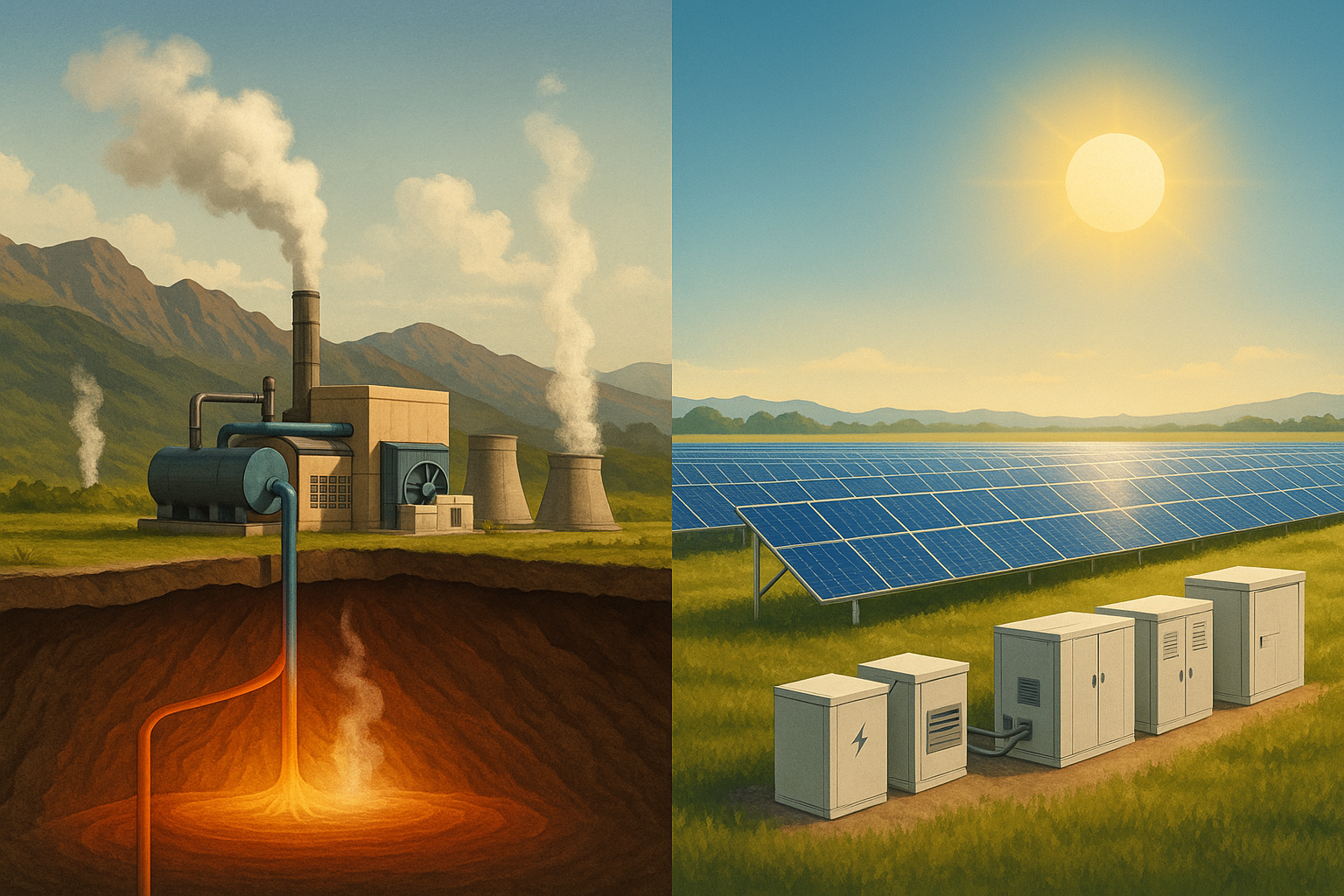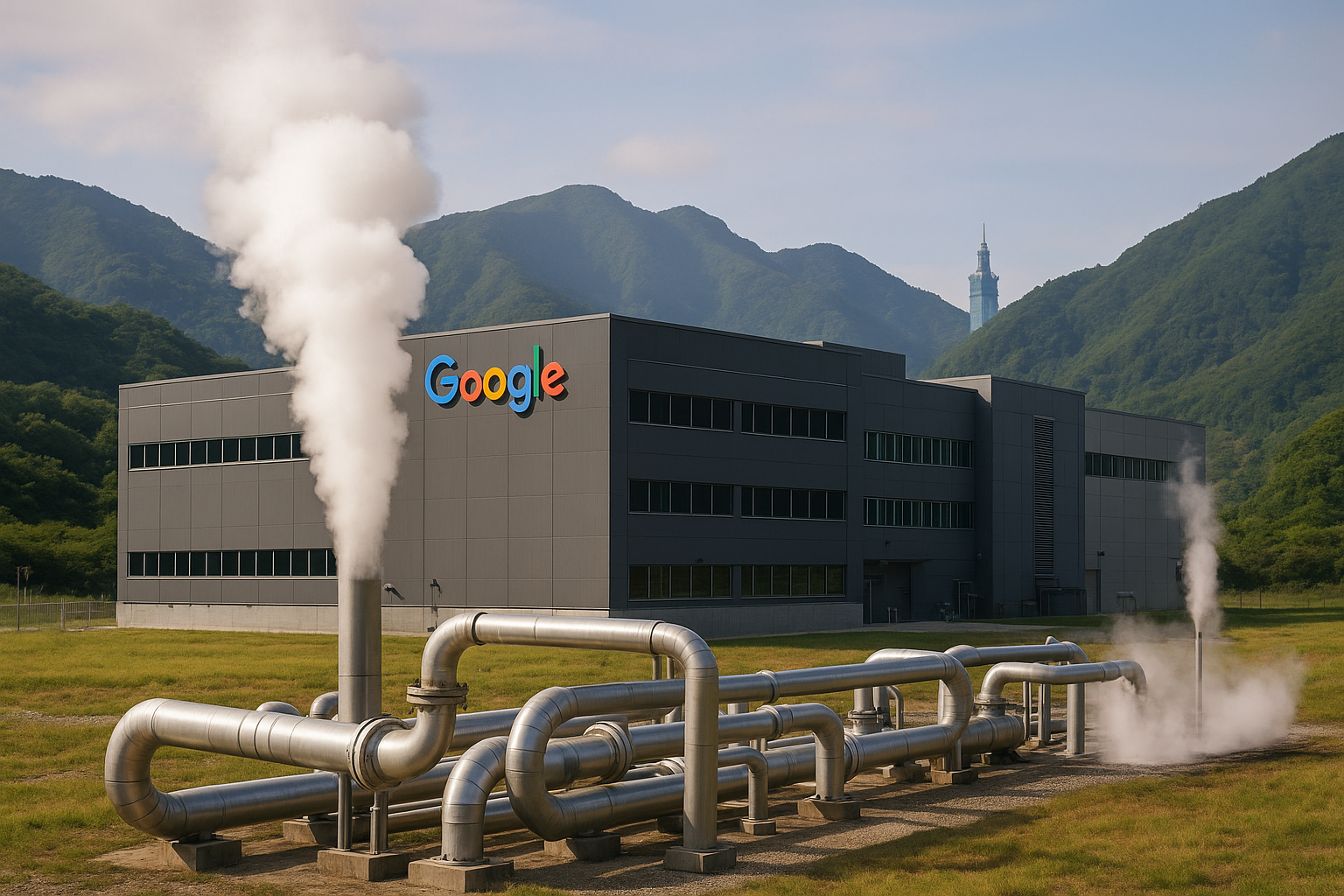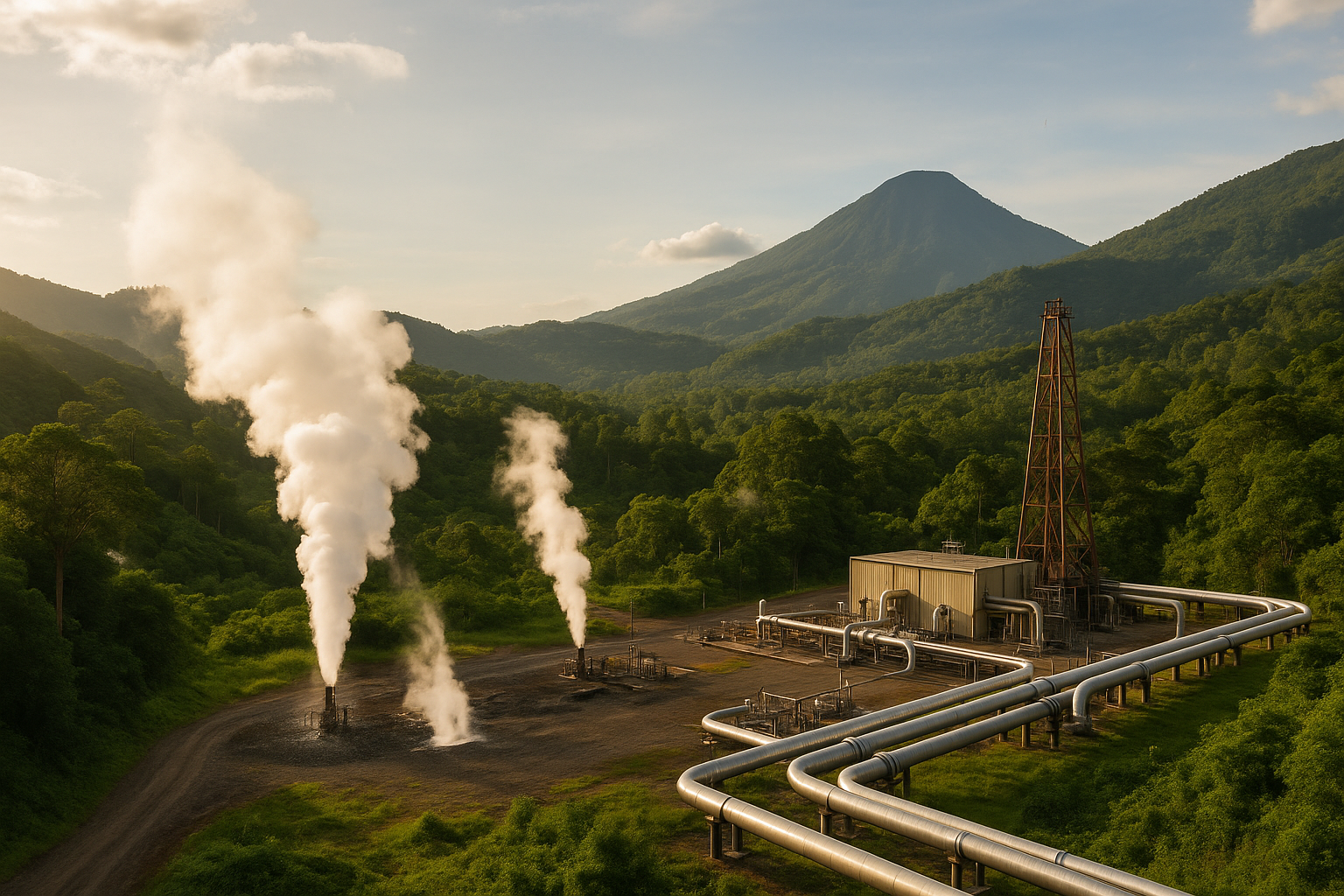Hydrogen releases no carbon when it burns, yet how “clean” it is depends entirely on the production method and its environmental impact. That is why the industry classifies hydrogen into three main colours.
1. Grey Hydrogen
- How is it produced?
Grey hydrogen comes from steam‑methane reforming (SMR), in which natural gas reacts with high‑temperature steam to yield hydrogen and carbon dioxide.
- Carbon footprint: highest.
Steam reforming in brief
At 700 – 1 000 °C, methane (the main component of natural gas) reacts with steam, producing a mixture of roughly 70 % hydrogen and CO₂. All of that CO₂ is vented to the atmosphere, giving grey hydrogen the highest carbon footprint of any route.
- Result: about 70 % of the feed gas becomes hydrogen, but all CO₂ is vented to the atmosphere, making SMR the reason grey hydrogen is considered “unclean”.
Blue Hydrogen
- How is it produced?
Produced by Steam Reforming like grey hydrogen but with carbon capture, utilisation, and storage (CCUS) to reduce environmental impact.
- Where’s the difference? Adds a carbon‑capture and storage (CCS) system before exhaust leaves the stack.
- Result: CO₂ emissions cut by more than half.
Green Hydrogen (Green Hydrogen)
- Produced by electrolysis that splits water (H₂O) into hydrogen and oxygen.
Uses electricity from renewable energy:- ‑ Wind
- ‑ Solar
- ‑ Geothermal (electricity or steam from hot rock, operates 24 h a day)
- Carbon footprint: zero because no fuel is burned.
- Note: still costs more than grey/blue, but costs keep falling as technology and scale improve.
Quick comparison
| Colour | Main production method | CO₂ released | Production stability | Cost (avg)* |
| Grey | SMR | High | High | ow |
| Blue | SMR + CCS | Medium | High | Medium |
| Green | Electrolysis from wind/solar/geothermal | 0 | Wind/solar (variable) Geothermal (continuous) | High, falling |
Summary
Grey hydrogen: low price but high carbon.
Blue hydrogen: carbon greatly reduced, suitable for the transition period.
Green hydrogen: cleanest because it uses electricity from renewables such as wind and sun. Driving green‑hydrogen production with 24‑hour geothermal power can add stability, preparing green hydrogen to become a primary energy source in a Net‑Zero world.
Other hydrogen colours (beyond grey / blue / green)
-
Yellow Hydrogen
-
Produced by electrolysis like green, but the electricity is a “mix” of renewables and fossil‑fuel power, so some carbon is still emitted.
-
-
Pink or Purple Hydrogen
-
Uses electricity from nuclear power plants for electrolysis, producing no CO₂ while operating, but cost and nuclear‑waste management must be considered.
-
-
Turquoise Hydrogen
-
Produced by methane pyrolysis—splitting natural‑gas molecules with high heat to obtain hydrogen and “solid carbon” instead of releasing CO₂ to the atmosphere; a low‑carbon route still in the demonstration phase.
-
-
Brown / Black Hydrogen
-
Hydrogen separated from coal via high‑temperature gasification—emits the most CO₂ but is cheap, so it is still used in heavy industry in some countries.
-

